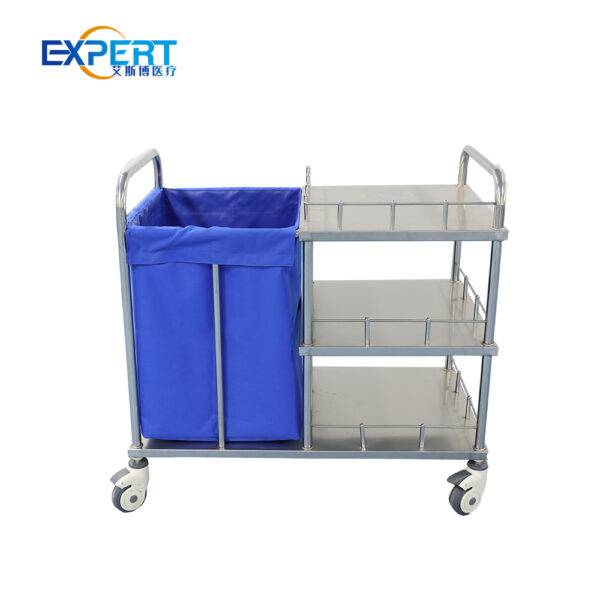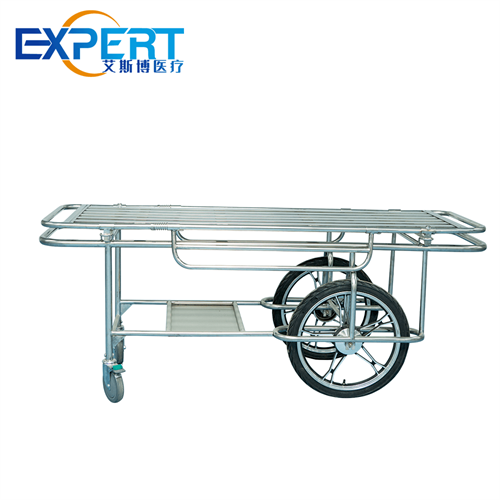Endereço
304 North Cardinal St.
Dorchester Center, MA 02124
Horas de trabalho
Segunda a sexta: 7h00 - 19h00
Fim de semana: 10h - 17h
Endereço
304 North Cardinal St.
Dorchester Center, MA 02124
Horas de trabalho
Segunda a sexta: 7h00 - 19h00
Fim de semana: 10h - 17h

Este blog explora o papel multifacetado dos carrinhos médicos em ambientes modernos de assistência médica.
Bem-vindo ao meu blog!
Antes de mergulharmos no conteúdo, adoraria que você se juntasse a mim nas minhas plataformas de mídia social, onde compartilho mais insights, interajo com a comunidade e posto atualizações. Veja como você pode se conectar comigo:
Facebook:https://www.facebook.com/profile.php?id=100071234835011
LinkedIn:https://www.linkedin.com/company/74943205/admin/dashboard/
YouTube:www.youtube.com/@shandongexpertmedicalequip4695
TikTok:www.tiktok.com/@expertmedical
Agora, vamos começar nossa jornada juntos. Espero que você ache o conteúdo aqui perspicaz, envolvente e valioso.

In the fast-paced environment of modern hospitals, efficiency and accuracy are paramount. One of the unsung heroes of hospital operations is the medical cart. These mobile units play a crucial role in facilitating the delivery of patient care, enhancing workflow, and ensuring the availability of essential medical supplies and equipment. This blog explores the multifaceted role of medical carts in modern healthcare settings.
Medical carts have come a long way since their inception. Initially serving as mere transportation vessels for medical supplies, they have evolved into sophisticated, technology-driven tools. From simple medication carts to specialized units for emergency response and telemedicine, the diversity and complexity of medical carts continue to expand.











The adoption of medical cart offers several benefits to healthcare providers and patients alike. By decentralizing supplies and equipment, medical cart reduce the time spent searching for items, allowing clinicians to focus more on patient care. Moreover, they promote organization and standardization across healthcare facilities, leading to improved efficiency and reduced errors.
To illustrate the impact of medical carts in clinical settings, let’s examine a few case studies:
In a bustling emergency department, every second counts. By deploying specialized emergency carts stocked with essential medications and equipment, hospitals can expedite critical interventions, such as cardiac resuscitation and trauma care, leading to better patient outcomes.
With the rise of telemedicine, medical carts equipped with teleconferencing capabilities have become invaluable tools for remote consultations and virtual patient examinations. These carts enable healthcare providers to extend their reach beyond the confines of traditional healthcare settings, delivering quality care to patients in remote areas or during emergencies.
As technology continues to advance, so too will the capabilities of medical carts. Future iterations may incorporate artificial intelligence (AI) algorithms for predictive maintenance, autonomous navigation for enhanced mobility within hospital environments, and augmented reality (AR) interfaces to assist clinicians during procedures.

| Recurso | Descrição |
|---|---|
| Secure Storage | Multiple compartments with locking mechanisms ensure the safe storage of medications, supplies, and equipment, enhancing patient safety. |
| Integrated Power Source | Built-in power outlets or rechargeable batteries power electronic devices, reducing reliance on external power sources and minimizing hazards. |
| Design ergonômico | Lightweight construction, smooth-rolling casters, and adjustable work surfaces promote user comfort and ease of mobility in clinical settings. |
| EHR Compatibility | Seamless integration with electronic health record systems enables real-time documentation and information exchange at the point of care. |
| RFID Technology | RFID tags and readers facilitate inventory management, tracking, and replenishment of medical supplies, optimizing workflow efficiency. |
In conclusion, medical carts play a vital role in modern hospitals by enhancing efficiency, improving workflow, and ultimately, contributing to better patient care. As healthcare technology continues to evolve, medical carts will remain indispensable tools for healthcare providers striving to deliver optimal outcomes in a rapidly changing landscape.
P: São medical carts customizable to suit specific departmental needs?
A: Yes, many manufacturers offer customization options, allowing hospitals to tailor medical carts to the unique requirements of different departments, such as emergency medicine, surgery, or pediatrics.
Q: How do medical carts ensure patient privacy and data security?
A: Medical carts equipped with electronic locking mechanisms and biometric authentication help safeguard sensitive patient information stored on electronic devices, such as tablets or laptops.
P: Pode medical carts be integrated with existing hospital IT infrastructure?
A: Absolutely. Most modern medical carts are designed to seamlessly integrate with hospital networks and EHR systems, ensuring smooth interoperability and data exchange.